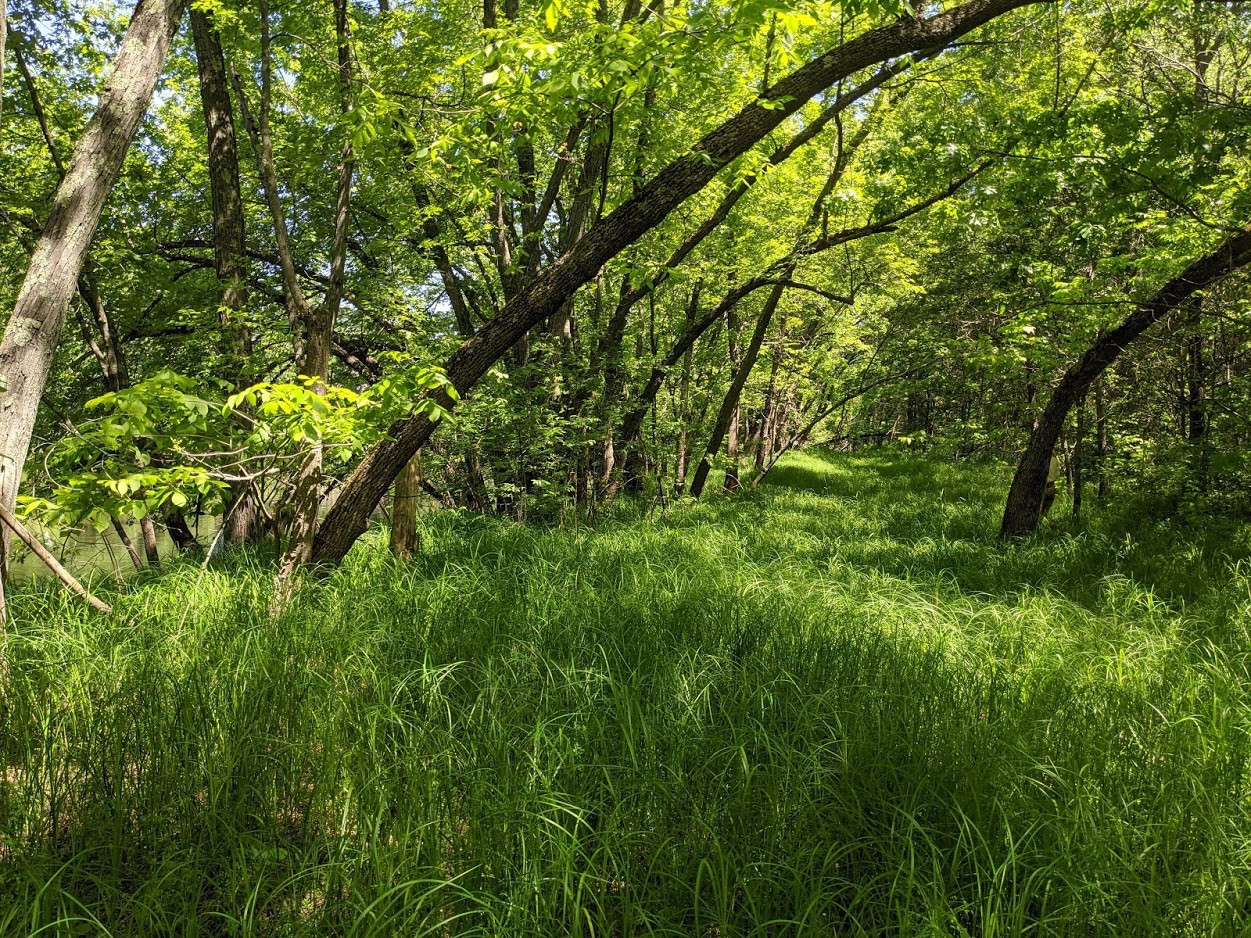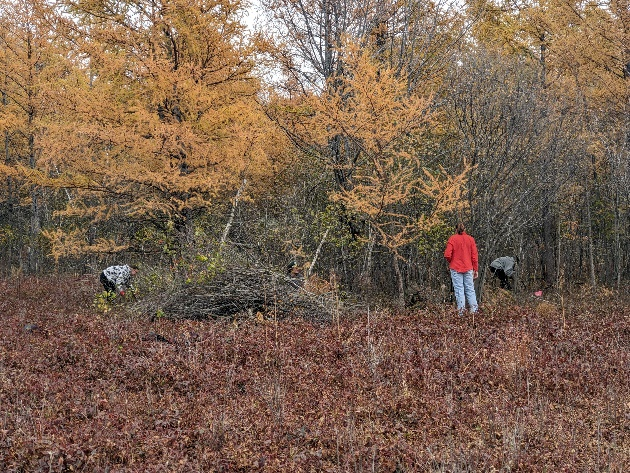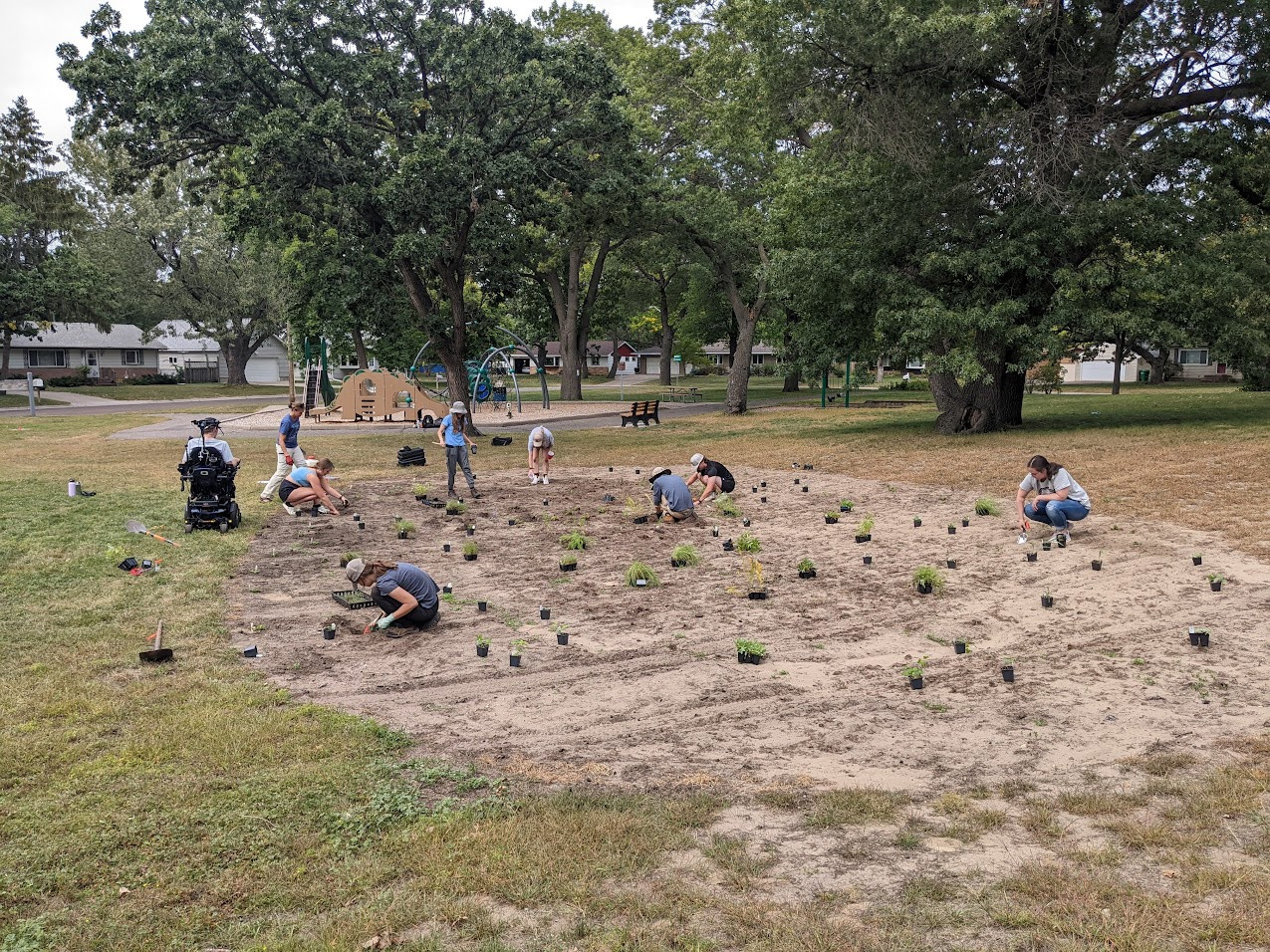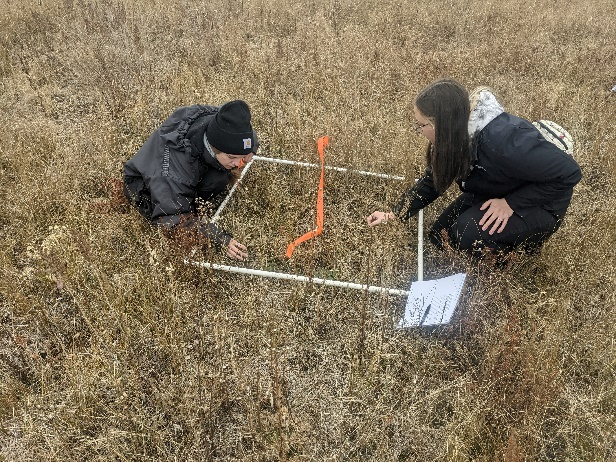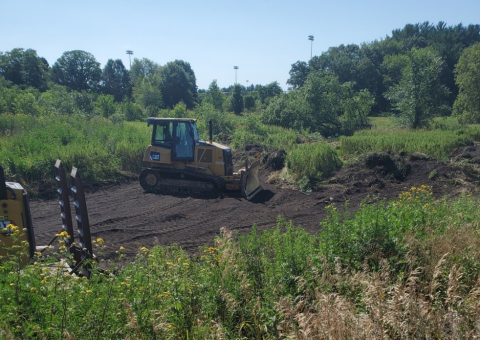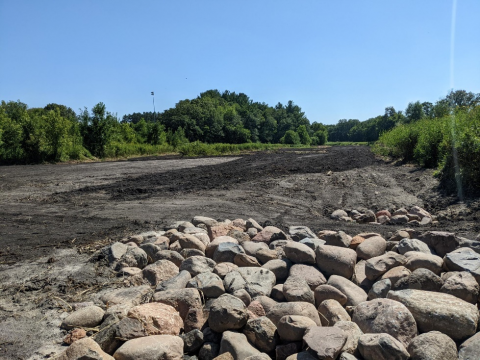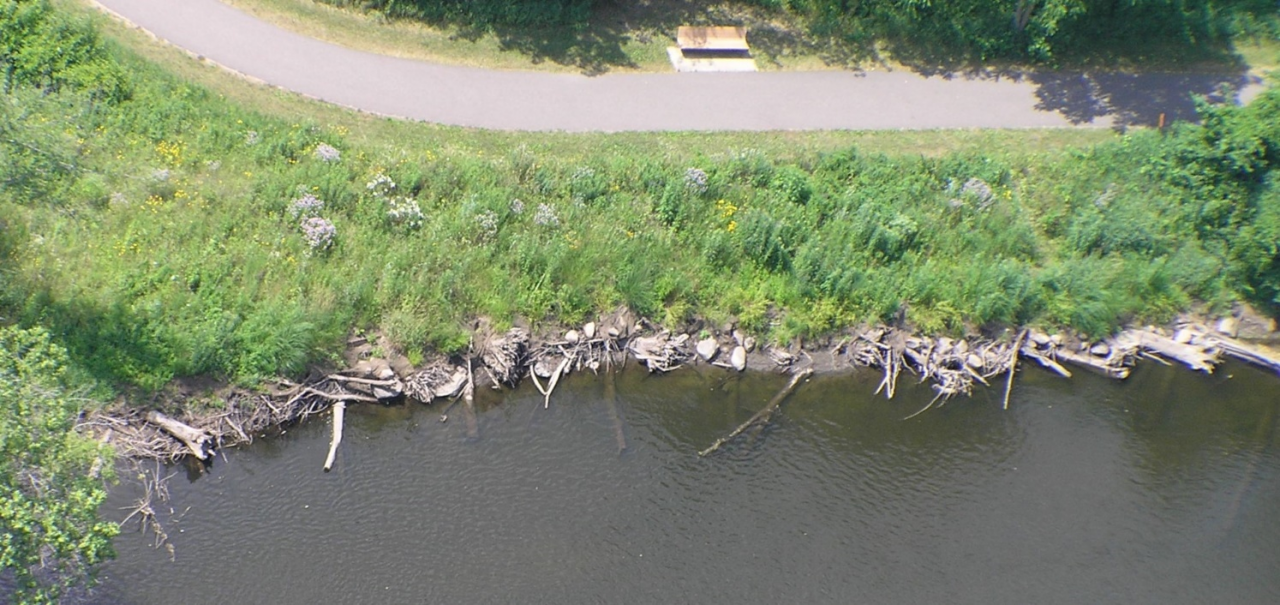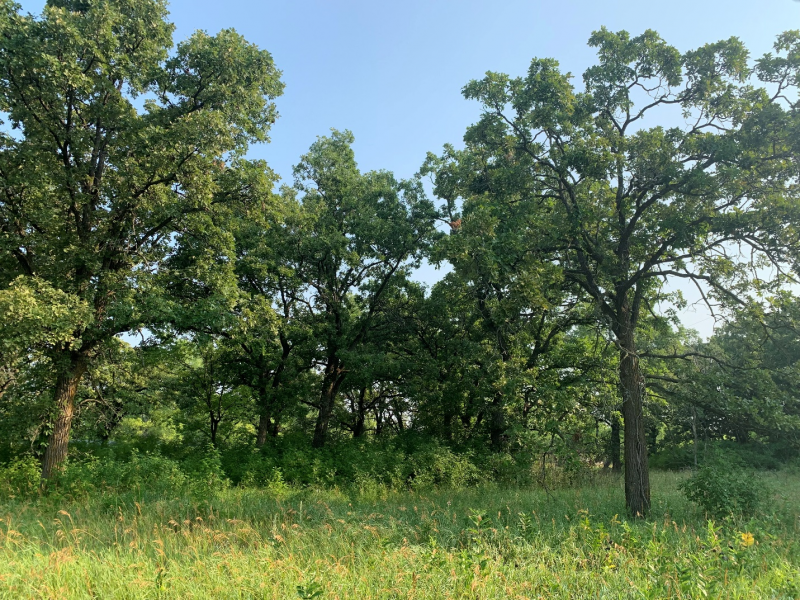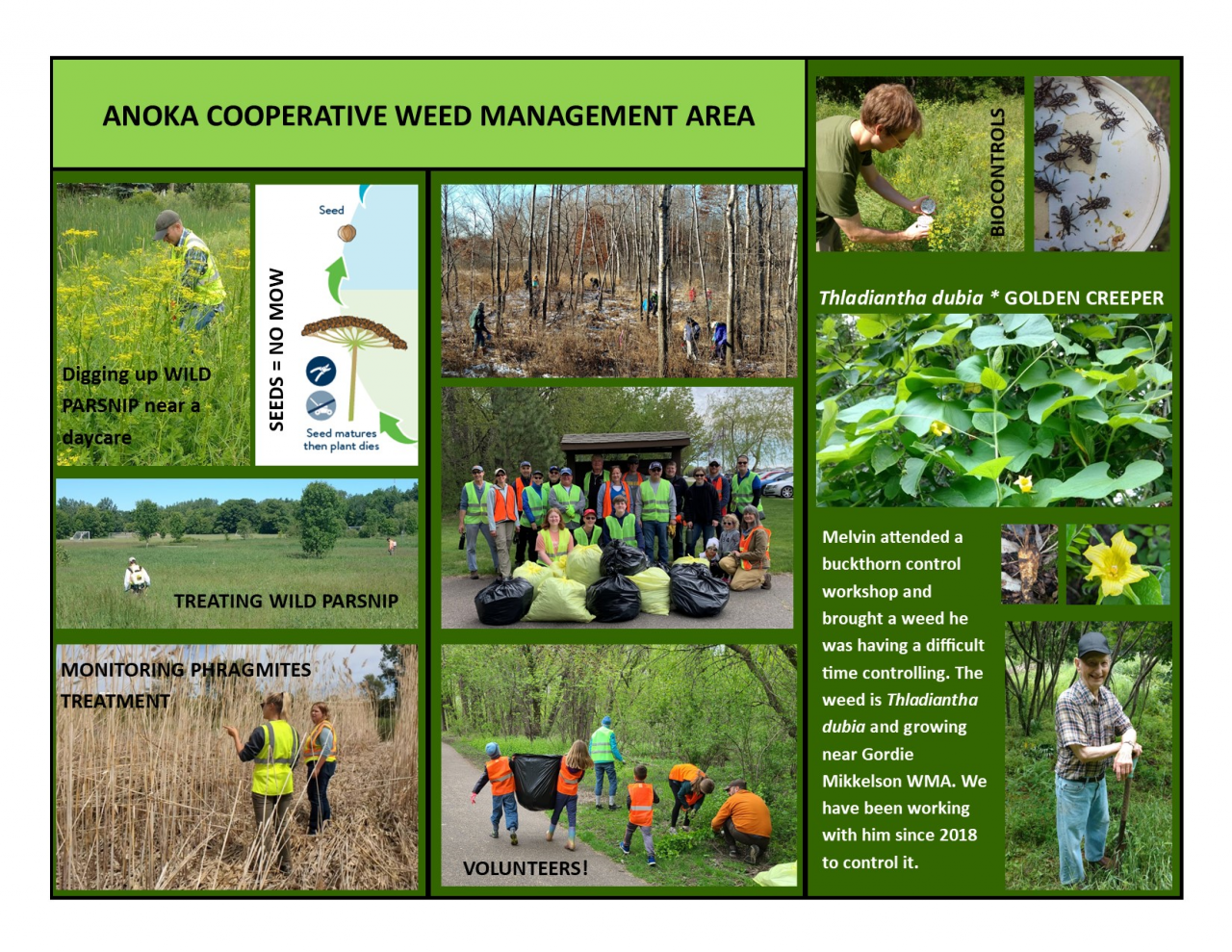Anoka Conservation District and other SWCDs are working together to prioritize parcels and enroll willing landowners in BWSR's Reinvest in Minnesota (RIM) Reserve in the Rum River Watershed. The RIM Reserve program compensates landowners who are willing to give up development rights on their land in perpetuity to permanently preserve the natural landscape. The Rum River flows from Lake Mille Lacs to the Mississippi River through diverse landscapes and land uses. Protecting priority lands will benefit water quality and Twin Cities' drinking water supply, as well as improving wildlife habitat and connectivity.
ACD is grateful to the families in northern Anoka County who just recently enrolled their land in BWSR's RIM program. Those families cherish the natural state of their land and the Rum River. Thanks to them, 149 more acres of land will be protected.
